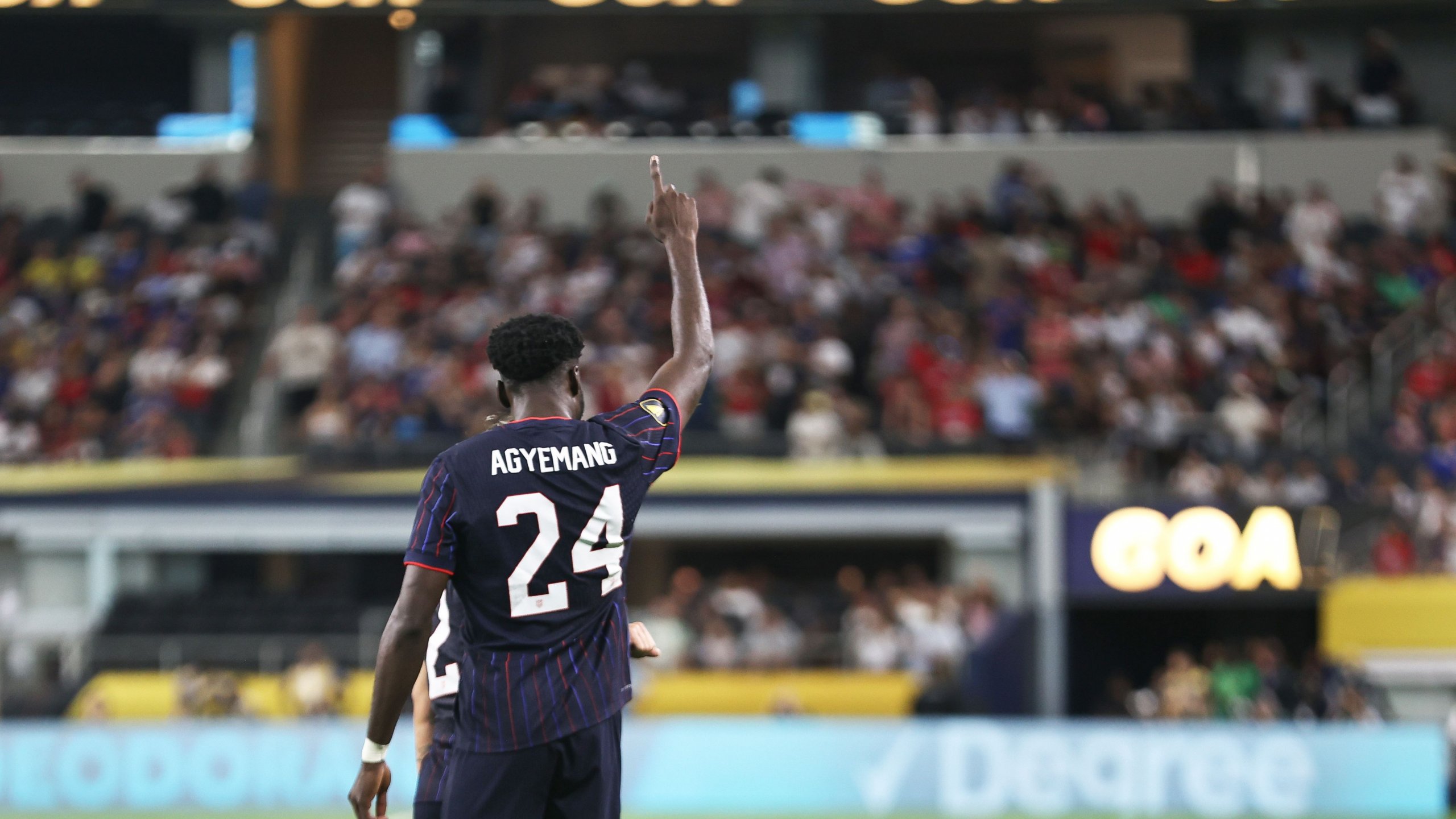Patrick Agyemang Shakes Up USMNT Striker Race
Patrick Agyemang has turned the United States men’s national team’s long-running No. 9 search on its head with a fearless Gold Cup breakout that even American legend Tim Howard says cannot be ignored. The Charlotte FC forward scored twice in four tournament outings, but the raw numbers tell only part of the story. His relentless pressing, clever movement between the lines and refusal to be bullied by experienced centre-backs have injected fresh energy into a position that has lacked clarity since the 2014 World Cup.
Tim Howard: “Patrick Agyemang Has Been Doing the Business”
Howard, speaking on the Unfiltered Soccer podcast alongside fellow icon Landon Donovan, praised Agyemang’s street-wise style. “He mucks it up, makes it nasty, but he’s also tidy on the ball and his runs are intelligent,” the former Everton and USMNT goalkeeper noted. Howard’s central point was simple: the striker pool is thin, and form must trump reputation. With several headline names either injured or glued to club benches, Agyemang is—right now—the man delivering tangible end product.
The Numbers That Demand Attention
Five goals in his last ten competitive matches for club and country may not scream global superstar, yet context matters. Charlotte’s system asks its No. 9 to press first and finish second; that Agyemang is still producing goals while leading that press underscores his value. In the Gold Cup quarter-final alone, he won eight duels, completed 84 percent of his passes and created two chances for teammates. Coaches love players who marry graft with craft, and head coach Anthony Hudson appears no different.
How Agyemang Alters the USMNT Striker Conversation
The United States’ coaching staff has cycled through Josh Sargent, Ricardo Pepi, Jesús Ferreira and Haji Wright in recent cycles, yet none has locked the door behind him. Agyemang complicates the picture in the best possible way by seizing the minutes others surrendered. Howard believes that ripple effect will be felt all the way to 2026: “The next striker up now gets fewer opportunities because Patrick Agyemang has earned more. Time is running out for some of these guys.”
A Tactical Fit for Modern USMNT Football
Agyemang’s profile dovetails with the national team’s preferred 4-3-3. He drops to connect play—a vital link when Christian Pulisic and Tim Weah hug the touchline—but still has the acceleration to dart in behind. That dual threat stretches defenses vertically and horizontally, opening half-spaces for Weston McKennie and Gio Reyna to exploit. Importantly, his willingness to initiate the press high forces opposing backlines into hurried passes, allowing the midfield to win second balls in advanced zones.
Primary Focus Keyword in Subheading: Patrick Agyemang’s Path From MLS To World Stage
The journey from Major League Soccer newcomer to potential World Cup starter is rarely linear. Patrick Agyemang arrived at Charlotte via the SuperDraft, a route many assumed had lost relevance in the modern talent pipeline. By embracing every gritty training session and absorbing advice from veteran teammates like Ashley Westwood, he accelerated his learning curve. Charlotte head coach Christian Lattanzio credits the striker’s “sponge mentality” for his rapid ascent. “He always asks for video clips, wants to know how to press smarter, how to finish cleaner,” Lattanzio revealed after the club’s recent 2-1 win over Orlando.
What Still Needs Polishing?
Even Howard concedes that finishing consistency remains a work in progress. Agyemang converts roughly 16 percent of his shots, respectable but not elite. Improving his weak-foot accuracy and first-time finishing inside the box could elevate him from intriguing option to automatic pick. Off the field, maintaining physical sharpness through a congested MLS schedule will be crucial; the striker suffered minor hamstring tightness in early June, a warning sign with two intense seasons looming before 2026.
The Bigger Picture for the United States
The USMNT’s greatest leaps historically have come when a surprise figure seizes a role—think Clint Dempsey in 2006 or Tim Howard himself in 2010. Patrick Agyemang might be next. His emergence allows head coach Hudson to deploy Pepi wide or as a late runner, and relieves pressure on dual-national scouts to unearth an overseas savior. More broadly, it validates MLS as a developmental platform, quieting skeptics who claim domestic forwards cannot meet international demands.
Upcoming Tests
The semifinal versus Guatemala in St. Louis will mark Agyemang’s sternest examination yet. Los Chapines defend deep and counter quickly, denying space in behind. How the striker adapts—dropping into midfield pockets, luring centre-backs out, and combining in tight areas—will showcase his tactical IQ. Should the U.S. advance, a potential final against Mexico’s more proactive backline could offer the type of open channels he relishes.
Club Implications
Charlotte FC, meanwhile, know a World Cup-bound center-forward attracts European scouts. Sporting director Zoran Krneta already fielded informal inquiries from Championship clubs, and a January move cannot be ruled out. The club would secure a healthy transfer fee, while Agyemang would step into a higher-tempo environment that could sharpen his game for national-team duty.
Opinion: A Place Is His to Lose
Agyemang’s story epitomizes meritocracy—perform, and doors open. He is not the finished article, but neither were Didier Drogba or Olivier Giroud at 24. With momentum, humility and a skill set tailor-made for Hudson’s pressing philosophy, the Charlotte hitman should start at least half of the next calendar’s friendlies. If he grasps those chances as firmly as he has the Gold Cup stage, the 2026 World Cup starting striker debate may end sooner than anyone expected.
Share this content:
